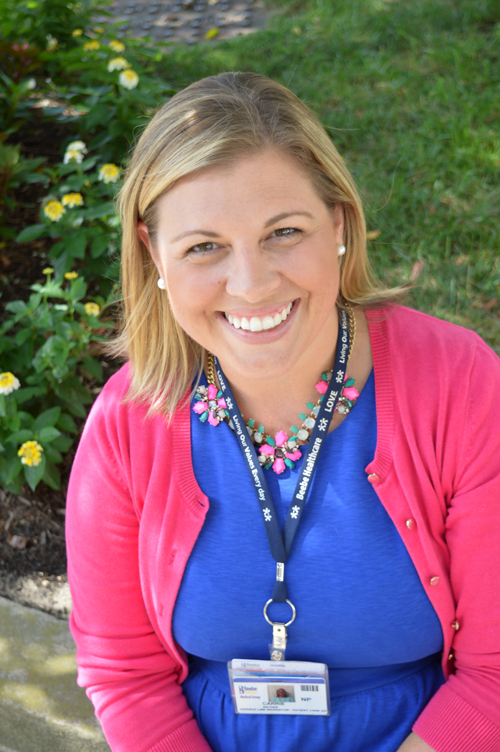Navigating Our Health: Top 5 Ways to Prevent Breast Cancer
During the month of October there is a “Pink” spotlight placed on breast cancer awareness. Pink ribbons are everywhere. Even the NFL recognizes the importance of breast cancer awareness. But, what does it mean to you? Are you doing everything you can to reduce your risk of breast cancer or to detect it sooner? Here are five things you should know:
1. Know your breasts.
You know your breasts better than anyone and are more likely to pick up an abnormality sooner. It is important for you to be familiar with how your breasts look and feel and report anything out of the ordinary to your medical provider. Take into consideration that your breasts may be more lumpy and painful during your period.
The American Cancer Society recommends a Clinical Breast Exam (completed by a healthcare professional) every three years starting in your 20-30s and yearly after age 40.
2. Pay attention to breast rashes.
Certain types of breast cancer know as Inflammatory Breast Cancer can appear as a rash rather than a breast lump. This is a particularly aggressive cancer and can be associated with redness, itching, pain and enlarged pores on the breast. Sometimes this type of cancer is misdiagnosed as dermatitis or mastitis. If the rash does not improve with a few days of antibiotics, be persistent and let your doctor know. It might save your life!
3. Mammograms are recommended every 1-2 years starting at age 40.
There is some discussion happening around whether a yearly screening mammogram is right for every woman. There are also questions about whether yearly screenings should start at 40 or 50. General medical advice (backed by the American Medical Association, the American College of Obstetricians and Gynecologists, the American College of Radiology, The American Cancer Society, the National Cancer Institute, and the National Comprehensive Cancer Network) recommends that all women should start having screening mammograms at age 40.
Depending upon your family history and risk factors, you and your provider can determine what screening schedule is best for you as an individual.
4. Lifestyle changes have been shown to decrease breast cancer risk, even in high-risk women.
These changes include limiting alcohol, smoking cessation, controlling your weight, increasing physical activity, breastfeeding, and limiting doses of hormone replacement therapy to 3-5 years or avoiding HRT all-together. Although we can’t change our family history, we can help reduce our risk of breast cancer by making daily lifestyle changes.
5. Men can get breast cancer too.
Although women make up the majority of breast cancer cases, men can be at risk and should be aware of the signs and symptoms to look for. Men with a family history of breast cancer and those whom have received radiation to the chest are more at risk.

